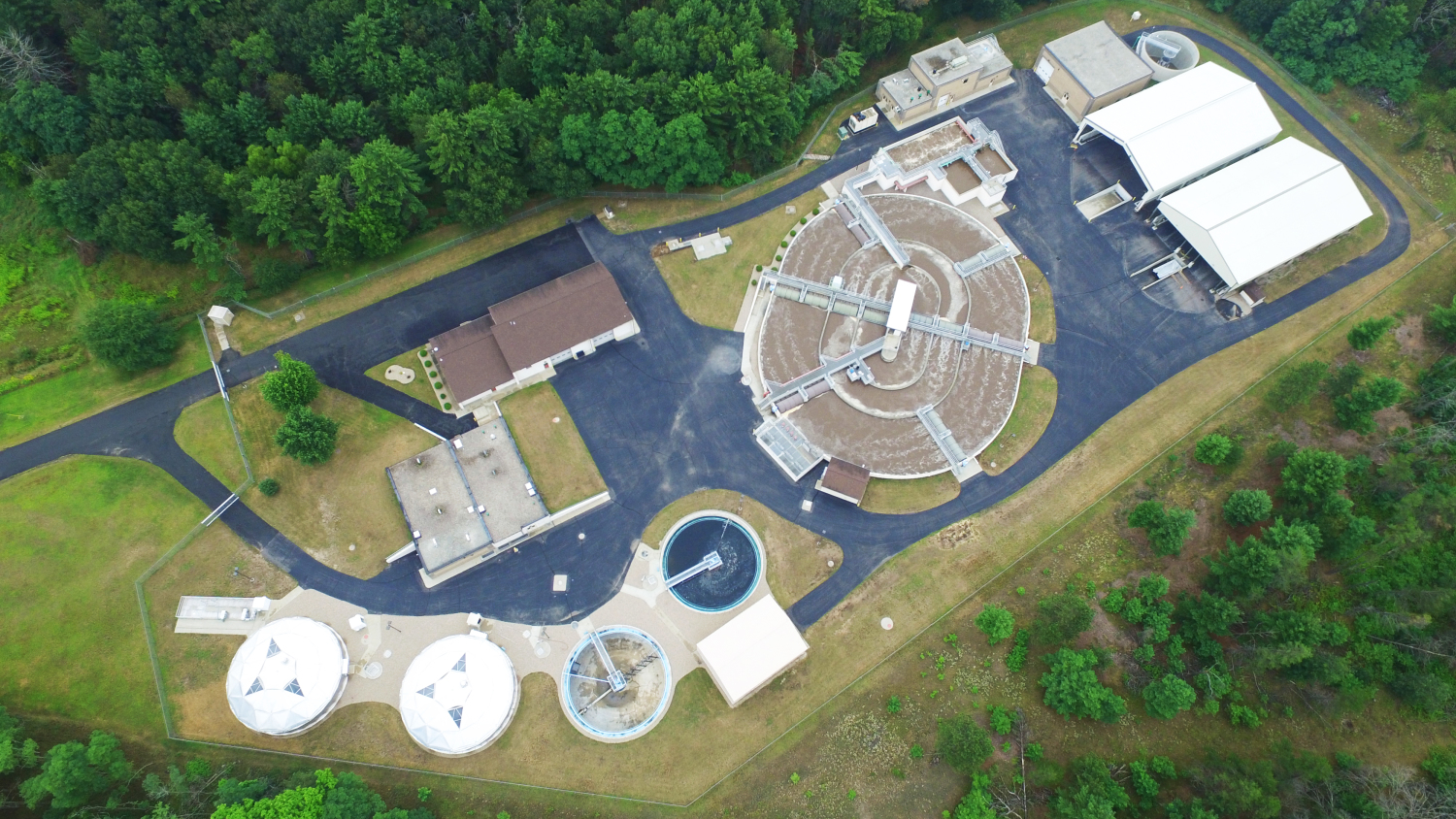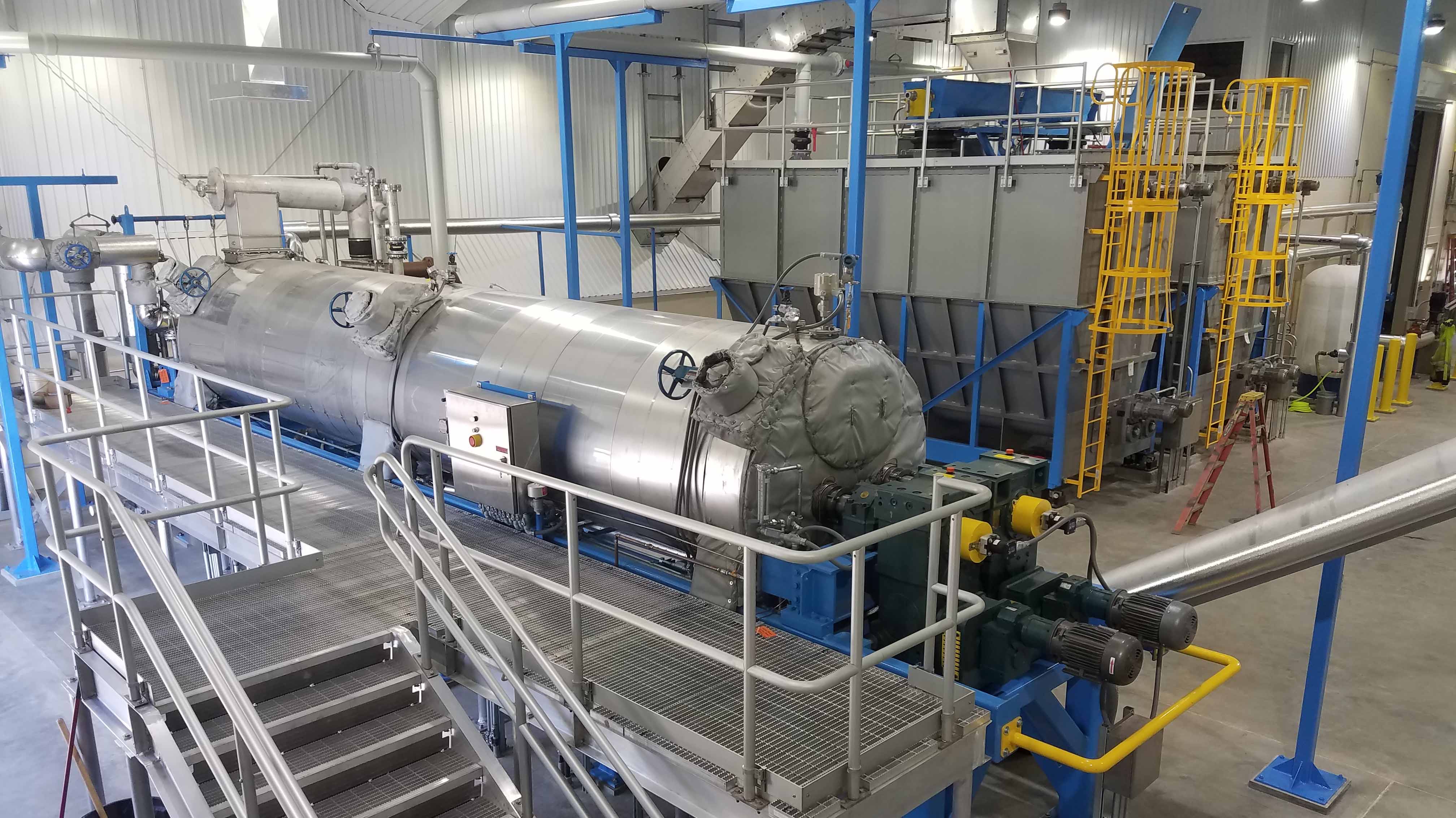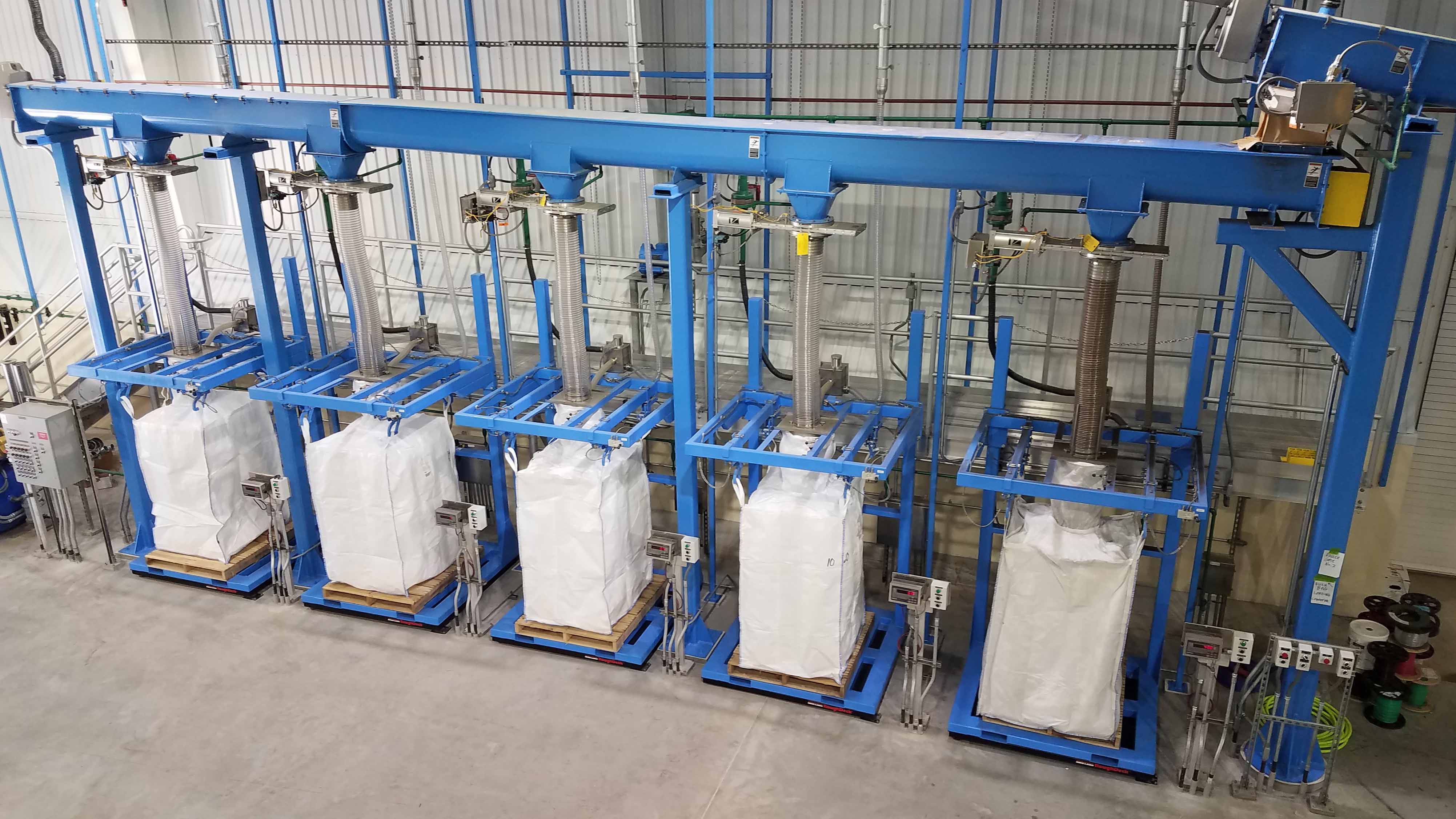Inter-municipal cooperation addresses wastewater treatment challenges
The neighboring communities of Wisconsin Dells and Lake Delton encompass one of the most popular tourist designations in the Midwest. The natural scenic beauty of the Upper and Lower Dells of the Wisconsin River and the development of indoor and outdoor water parks — as well as other attractions — draws over 3 million visitors annually to the Wisconsin Dells-Lake Delton area.

For many years the City of Wisconsin Dells and the Village of Lake Delton operated separate wastewater treatment facilities. By the early 1970s, growth in both communities and changes in environmental regulations threatened to render both treatment facilities obsolete. Officials from the City and Village embarked upon a cooperative effort to address the area’s wastewater treatment needs, which resulted in the formation of the Wisconsin Dells-Lake Delton Sewerage Commission.
It took the commission several years to plan, evaluate alternative treatment facility locations and technologies, and settle upon a final design for the new facility, which eventually was constructed north of the Wisconsin River in the City of Wisconsin Dells and placed into operation in 1981.
Since its original construction, the facility has undergone several upgrades to meet more stringent discharge limits and to increase capacity to accommodate increasing commercial development in the area. The wide seasonal variation in wastewater flows created challenges for not only how the facility was designed, but how it would be operated; average wastewater flows and loadings during the peak summer tourist season are two to three times higher than flows during the winter. In 2006-2007, facility improvements were completed at a cost of nearly $12 million to address nearly every aspect of the treatment process. In 2019, a thermal sludge dryer was added to produce Class A biosolids, and in 2022, an effluent orthophosphate residual analyzer was installed for automatic dosing control of alum and a cover added to the facility’s third clarifier tank.  Treatment facility evolves to address growth and new regulations
Treatment facility evolves to address growth and new regulations
The wastewater undergoes a combination of mechanical, biological, and chemical treatment prior to discharge to the Wisconsin River. Preliminary treatment focuses on mechanical fine screening and grit removal. Secondary treatment includes biological phosphorus removal, activated sludge treatment, extended aeration, and clarifying. Facilities are also provided for the addition of alum, which improves the effectiveness of phosphorus removal by chemical precipitation. An effluent orthophosphate residual analyzer controls the rate of alum addition. Following preliminary and secondary treatment, the treated wastewater flows to a disinfection tank where it is seasonally treated by the use of an ultraviolet light system before being metered and discharged to the river.
Waste-activated sludge is pumped to one of three aerobic digesters where aeration further stabilizes the biological solids (biosolids) before it is dewatered, dried, bagged, and stored prior to public distribution for application to local agricultural land as a soil conditioner and nutrient. The thermal dryer produces finished biosolids with a concentration of 90 percent and reduces the overall volume of biosolids for disposal by 75 percent. The dried biosolids are discharged to a screw conveyor system that delivers it either to a truck or trailer for transport, or to a bulk bagging system for storage in 50-cubic-feet sacks. The combination of time and temperature within the dryer vessel, along with the high concentration of solids achieved, results in a product that meets the U.S. EPA and Wisconsin DNR designation of Class A biosolids. The improved quality of biosolids results in reduced regulatory restrictions and improved public acceptance. The demand for Class A biosolids has been great, allowing the Wisconsin Dells-Lake Delton Sewerage Commission to discontinue its own biosolids land application program and instead rely on public distribution of 100% of the biosolids produced.
The combination of time and temperature within the dryer vessel, along with the high concentration of solids achieved, results in a product that meets the U.S. EPA and Wisconsin DNR designation of Class A biosolids. The improved quality of biosolids results in reduced regulatory restrictions and improved public acceptance. The demand for Class A biosolids has been great, allowing the Wisconsin Dells-Lake Delton Sewerage Commission to discontinue its own biosolids land application program and instead rely on public distribution of 100% of the biosolids produced.
Learn more about this project in the Wisconsin Wastewater Operators’ Association September 2023 issue of The Clarifier.
